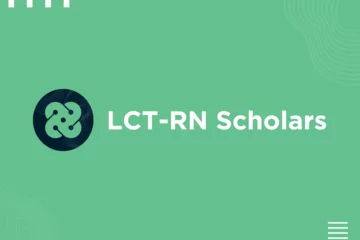On World Hearing Day, March 3rd 2021, the World Health Organization launched the World Report on Hearing. The report draws on the work of the Life Course Health Development group to frame both the importance of hearing across the life course and recommendations for solutions to hearing challenges. Globally, over 430 million people experience significant hearing loss, with estimates suggesting that by 2050 up to 1 in 4 people could be affected. Many of the causes leading to hearing loss are preventable, including up to 60% cases in children. Yet with timely and appropriate care there are now multiple potentially helpful adaptations, technologies and interventions that can ensure every individual can live their lives to the fullest.
The report aims to provide evidence-based guidelines to assist each country to incorporate ‘Integrated People-Centered Ear and Hearing Care (IPC- EHC)’ into their national health plans. Further, it suggests a set of key H.E.A.R.I.N.G. interventions, comprising
- Hearing screening at different stages in the life course;
- Ear disease prevention and management;
- Access to hearing technologies across the life course; and
- Rehabilitation Services across the life course that can move each country towards the vision of hearing care for all.
The report is divided into four sections: the first addresses hearing across the life course; the second ways to prevent and address hearing loss; the third access to care; and the fourth lays out a vision for the future.
The first section of the report gives a thorough and insightful analysis of the importance of hearing health, emphasizing that each individual has a unique hearing trajectory shaped by diverse influences including genetic characteristics, and biological, behavioral and environmental factors experienced over time. The course of the trajectory is determined in part by the causative and protective factors encountered, with some life stages having particular susceptibility to their effects. The Life Course Health Development Handbook, and the chapter on A Life Course Approach to Hearing Health provided a useful framework for this section. The report points out that adopting a life course health development approach highlights the preservation of hearing as an important public health goal, and that understanding the broad range of factors that can influence hearing trajectories suggests that there are multiple opportunities for intervention, in the form of prevention, identification, treatment and rehabilitation across the life course. With an aging population, these interventions will assume even greater priority in national health planning.
The report is presented in a very readable format with helpful infographics, case studies, and key learnings. It provides a good example of life course health development theory starting to move into practice. Next steps will involve a strengthened research infrastructure to determine the best approaches to interventions across the life course, with an even greater emphasis on developing positive hearing health, and a greater role for people with hearing loss, families and communities in driving flexible service development and adaptations to hearing challenges.
- World report on hearing. Geneva: World Health Organization; 2021. License: CC BY-NC-SA 3.0 IGO.
- Russ SA TK, Halfon N, Davis A. A life course approach to hearing health. Handbook of life course health development. Springer, Cham; 2018. p.349–73.
- Halfon N FC, Lerner RM, Faustman EM. Handbook of life course health development. Springer, Cham; 2018.
- Davis A, McMahon CM, Pichora-Fuller KM, Russ S, Lin F, Olusanya BO, et al. Aging and hearing health: the life-course approach. Gerontologist. 2016;56 Suppl 2:S256–67.




